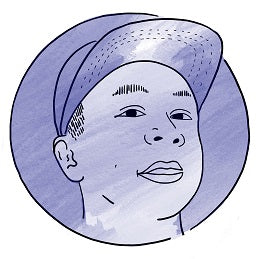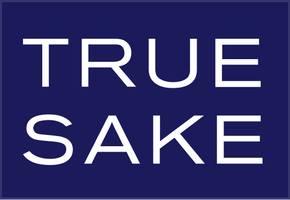
Chris’ Sake Corner – B.Y.O. Tasting
Greetings Sake Fans and Connoisseurs,
Chris here, back at it with another newsletter column. The other day on Sake Reddit, someone asked for help planning their first sake tasting. I was on my lunch break and I had some time to give free advice. Sure, why not.
I came up with my answer rather quickly, as my lunch break was about to end, but here's the answer I came up with:
- You could do a couple 3-temp brews like Suigei Tokubetsu Junmai and Masumi Okuden Junmai.
- Then you could throw in some classic Daiginjo for good measure like Dassai or Wakatake.
- Then you could throw in some namas like Kinka or Kamonishiki.
- Then you could end the tasting with a Nigori from Heiwa or Dassai.
Pretty straight forward right? The person ended up shopping elsewhere with those picks in mind, and I thought to myself, 'Instead of sharing this info with random people on Reddit, why not share this info with True Sake Newsletter readers?'
How did I pick these bottles for a tasting? What was my logic? I like pitching a wide variety of flavor profiles for a sake tasting, especially if you're just starting out. Of course, for those that know they like a certain style, you can focus on that particular style, and do a Daiginjo theme, or a Kochi Prefecture theme, or a female toji theme, etc. But if you zoom out and do more of a broader macro tasting, you can have a lot of fun that way too.

The 3 temp Junmai are great because you can demonstrate how temperature can really have an effect on flavor. Suigei and Masumi Okuden are brands that are very food friendly, and delicious chilled, room temp, or warm.
The Daiginjo are a slam dunk and a safe bet. Both Dassai and Wakatake Onikoroshi are best sellers and crowd-pleasers. You really can't go wrong with these labels. If you haven't had any of these brands, I highly recommend them. If you can splurge, I'd recommend the Dassai 23, but the Dassai 39 is great too. The Wakatake Daiginjo comes in a white label and is easily a True Sake best seller. I'd also recommend the Wakatake Onna Nakase too, which used to be a Shizuoka Prefecture exclusive once upon a time.
I would throw in a nama; unpasteurized sake next. Unpasteurized sake is not the same as unfiltered. A lot of people confuse the two, which is understandable. Unpasteurized sake is a bit bolder in flavor, with lots more impact, and lots more flavor. We keep our namazake in the fridge at all times. Kinka is one of our best selling namas, but Kamonishiki is a huge staff pick too.

Last but not least, we have the Nigori section. I usually save this for last since it's a sweeter, bolder flavor, and that can overpower the other flavors. A general rule of thumb is to start light and work your way to the bolder, sweeter stuff. Nigori aka cloudy sake is made using a coarser mesh filter to let some of the sake lees seep into the ferment. Lots of people call this 'unfiltered', but that's technically a misnomer. All sake has to be filtered by law. If it's truly unfiltered, then we're talking about Doburoku.
Heiwa Shuzo makes a great Nigori that I enjoy. They've won International Wine Challenge Brewer of the Year 2019 and 2020 back-to-back. Everything they make is fantastic, including their Nigori. Of course, Dassai makes a Junmai Daiginjo Nigori, and is a huge crowd-pleaser too.
So, if you ever wanted to do your own tasting, you can follow this guide if you want, or you can just shoot us an email or come by the shop, and someone from True Sake can put together a custom tasting menu for you!
Till next time!
Chris
